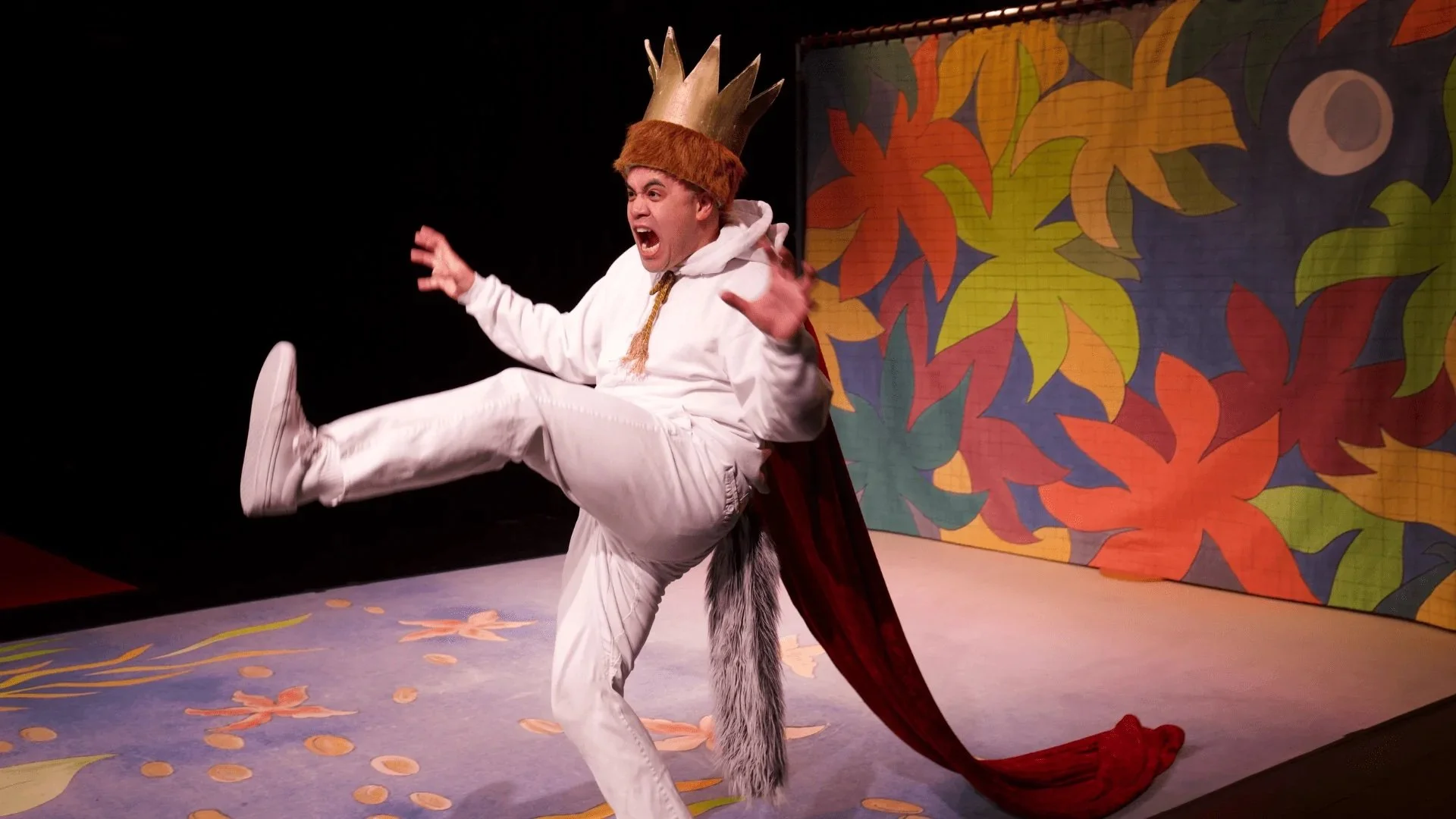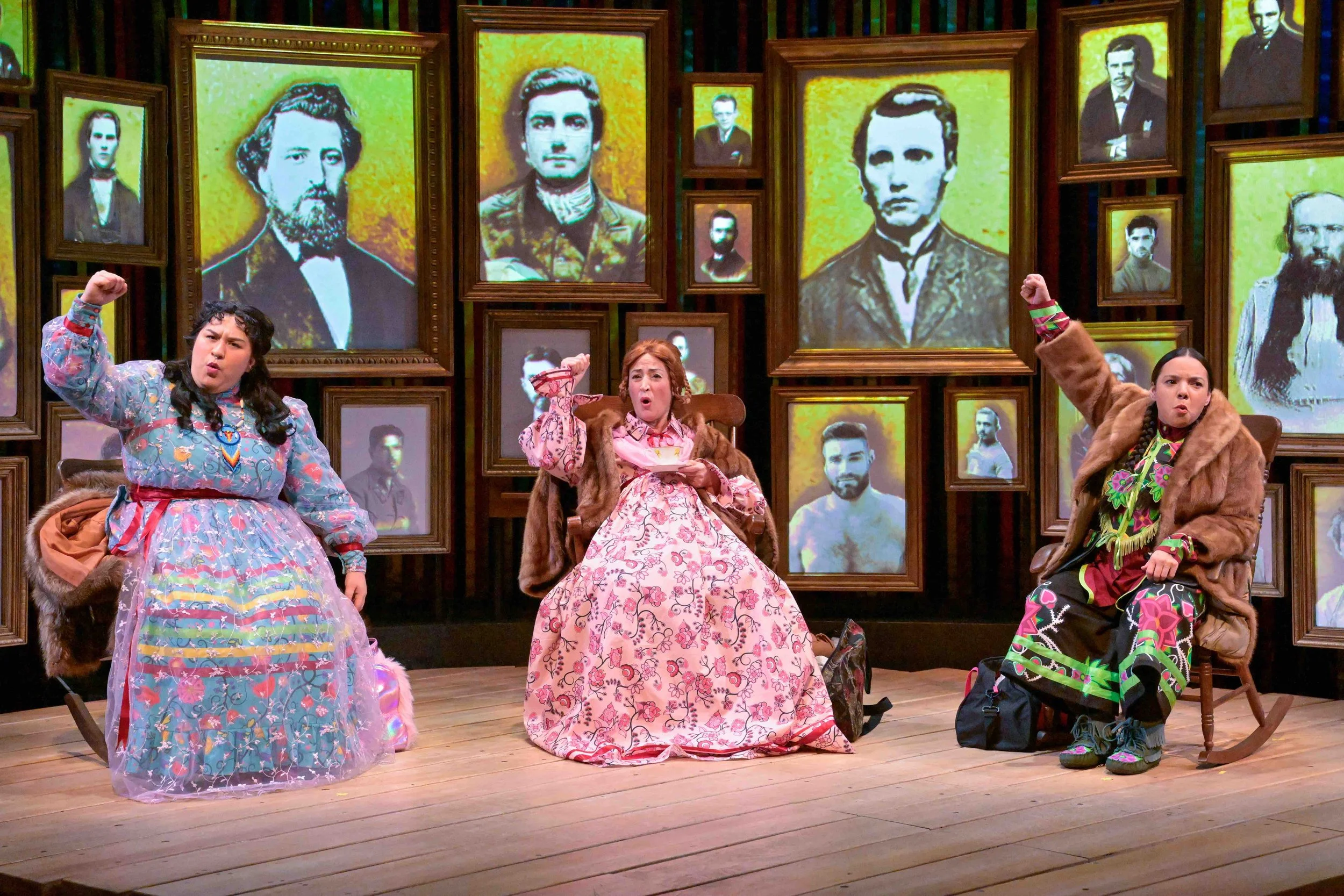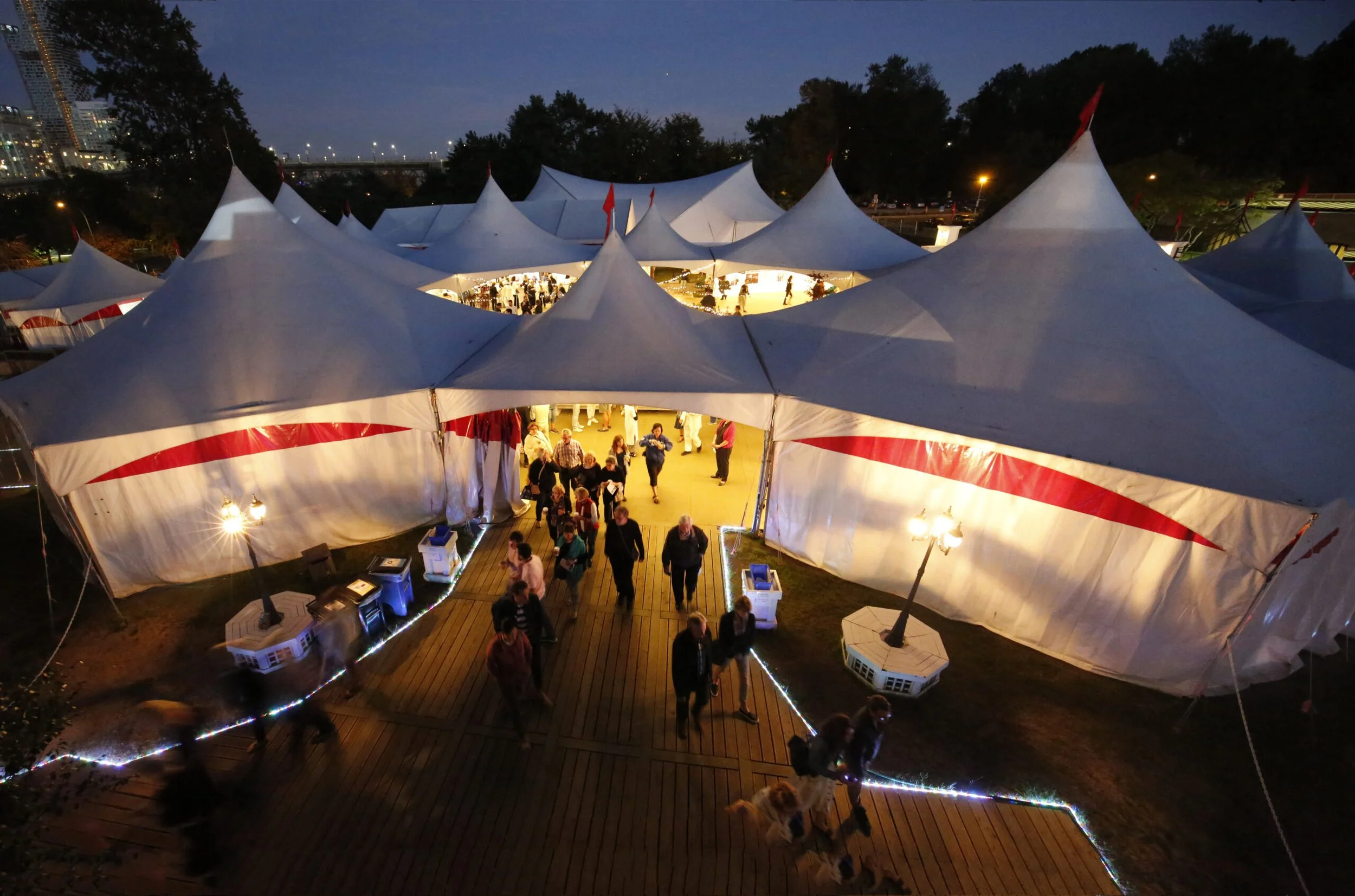With The Doll’s House Project, director Laara Sadiq presents the fight for freedom through a compassionate lens
Inspired by the work of Henrik Ibsen, the Studio 58 play marks the veteran actor’s first time directing
Veteran Vancouver actor Laara Sadiq was not interested in a classic retelling of Henrik Ibsen’s A Doll’s House. Photo by Amir Tabatabaei
Studio 58’s The Doll’s House Project streams on October 10 at 8 pm, followed by a live talkback with the cast. The recording will be available until October 17. Register to view at Studio 58.
IN PREPARING FOR for Studio 58’s The Doll’s House Project—which marks Laara Sadiq’s directorial debut—the Vancouver actor pored over the pages of Henrik Ibsen’s A Doll’s House, which inspired the play. Drawing also from Nora, Ingmar Bergman’s stripped-down adaptation of the 1879 masterwork, she began imagining what the ensemble piece for nine performers would look like in the midst of a global pandemic. Then she gathered her tools.
“I got out my compass, my protractor, and my graph paper and my calculator,” Sadiq tells Stir in a phone interview. “How can I put nine bodies on stage? How do I move them, where do they go, and how do I keep everyone safe? What do I do with all the things we cannot express in the play because we cannot come within six feet of each other? How do you express things if you can’t have a kiss or if you can’t pass a piece of paper or you can’t sit on a couch together? That was my initial task: really doing my prep work and mapping things out.
“How do I manifest, as a director, an ensemble experience in a world where being together can kill us?” she adds. “I spent about a week immersing myself in that process, and came out the other end with a pretty good plan as to how this might be accomplished.”
To pull it off, Sadiq plotted things out on a grid, working physical distancing into blocking and staging. The young actors from the theatre school’s graduating class wear masks for the most part, unless one is at centre stage speaking rather than singing. They know that if another member happens to accidentally step within six feet of them, everybody has to shift positions, like dominos. Then of course there is the play’s virtual format, streaming on October 10 at 8 pm. (The link will be accessible until October 17.)
Those practical applications aren’t the only pandemic-proof ways Sadiq goes about telling the story of Nora, a child bride who, after years of servitude and devaluation, leaves her family. Sadiq, who has more than three decades of experience in theatre, film, television and voice-over work, turned to Vancouver dance artist Noam Gagnon to develop physically distanced choreography as a kind of gestural lexicon to drive storytelling. A singer and audiophile, Sadiq brought in Marguerite Witvoet to weave in live music and song (including the composition of a new choral arrangement of “Evangelina” by Canadian band Whitehorse). Witvoet created an aural soundscape to help convey characters’ thoughts and feelings.
While pandemic health and safety measures presented significant challenges for the director, making Nora’s story relevant to contemporary audiences was an altogether different task. The experience for Sadiq proved to be more invigorating than daunting.
She admits, however, that when Studio 58 artistic director Kathryn Shaw first approached her to take on The Doll’s House Project this past spring, she needed time to think about it. She hadn’t cracked Ibsen’s play since theatre school.
“When I re-read it, I was blown away,” Sadiq says. “I was struck by how relevant and contemporary the piece is. I was struck by the muscularity in terms of its arguments. I was struck by its compassion. I was struck by the intricacies of human relationships, how fully developed the characters are.
“I was struck by the fact that this play written during the Victorian era was tackling issues that we have not resolved yet—emancipation from enslavement, the idea of misogyny in all its forms,” she says. “It’s a very well-crafted play. It’s beautifully written. The arguments are astounding….I immediately started to think about how I would want to re-examine and reframe this incredibly beautiful, poignant, and current piece of work.”
In Ibsen’s story, when Nora finally confronts her husband, the character remarks, “I have been performing tricks for you, Torvald.” Not only has she been literally dancing and singing for him; she also finally recognizes that she’s been putting on a show throughout their entire marriage, that her life is a sham. She walks out on him and her children to find independence and freedom.
Sadiq was not interested in a classic retelling of the play, particularly one written by a privileged white man, at a time of tremendous social upheaval and racial reckoning. The UBC graduate sees every piece of art as an act of vandalism—conscious vandalism—at the intersection of the present and the past. It’s the red paint poured on public statues, the graffiti on a piece of architecture, the perfectly blown bowl smashed into a sidewalk for a tile mosaic in a garden walkway.
“Artists are vandals: we steal, we borrow, we reconfigure every resonance through the lens of lived experience, and for me that’s diversity,” says Sadiq, who’s Pakistani-Canadian. “I am interested always in taking something that really is a piece of history and vandalizing it, reframing it. With A Doll’s House, because it resonates so much now, I was very interested in vandalizing it and reframing this play about the struggle for emancipation through the lens of my own lived experiences and through the eyes of this young company of artists.
“As a brown-skinned woman who’s been around the block a few times, I have lived experience in this struggle,” she says. “I was interested in finding a way to explore the story through a compassionate, empathetic lens, so we can share it with our community and come out with perhaps a deeper, more engaged, changed investigation of what it is to fight for emancipation and freedom.”
Cast members step into multiple roles in The Doll’s House Project. Photo by Amir Tabatabaei
The ensemble manifests that compassion, with all of the actors in supporting roles; there are no leads. Creating a communal experience for the entire cast and crew was important to Sadiq, even (or perhaps especially) with the current circumstances meaning that opening night will unfold over people’s screens rather than on-stage in a packed theatre. (The team did get a chance to do a handful of live productions for a small, in-house audience of Langara staff and students prior to filming for livestream.)
“One of the things that this pandemic has done is it has completely destabilized us in the sense that we’ve been cut off from most basic forms of human interaction,” Sadiq says. “We’ve been cut off from community, cut off from human engagement, from touch, breath, conversation, laughing, singing… As artists, that means being literally cut off from our practice. Throughout the pandemic, my brain has really been turned to: how do we connect within this new paradigm? How do we nurture community and relationships?
“Community is really at the centre of theatre,” she says. “I wanted this ensemble of young people to really engage in their practice again, to be able to stretch all their muscles, to act, to sing, to move. I looked at this opportunity as a gift. This project is a community event.”



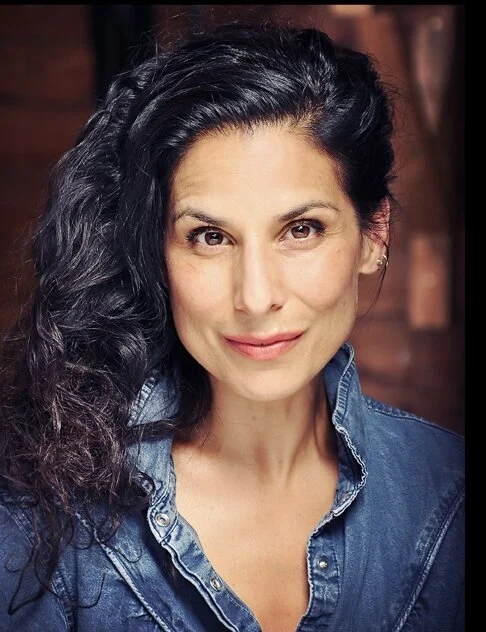
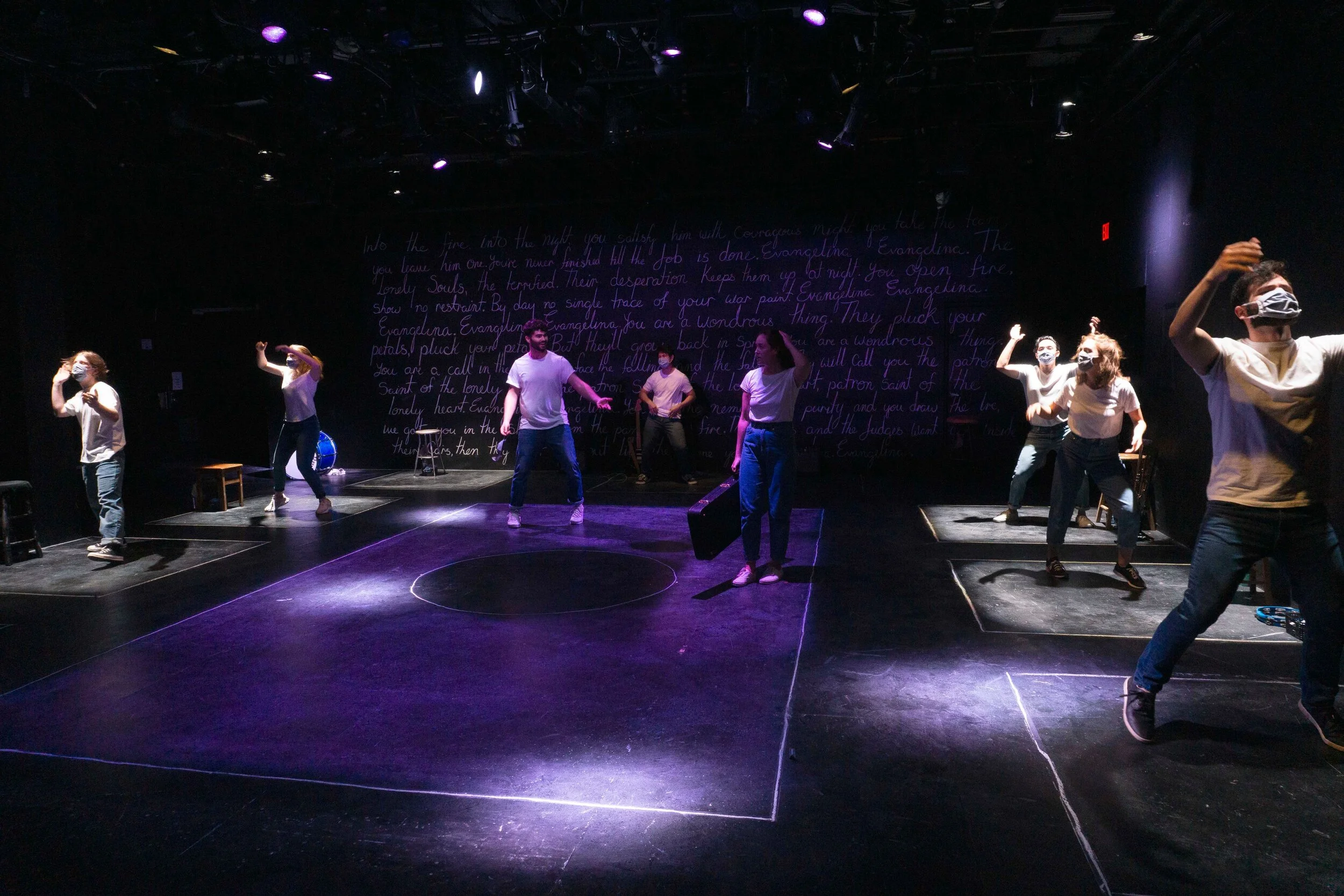

![Theatre review: Complete Works of William Shakespeare (abridged) [revised] [again] takes pleasingly panicked tour of the Bard’s canon](https://images.squarespace-cdn.com/content/v1/5f10a7f0e4041a480cbbf0be/1752776963817-BS2BYYQMLMSGU9OG3E37/Nathan-Kay-and-Craig-Erickson.-Photo-By-Tim-Matheson.jpg)
